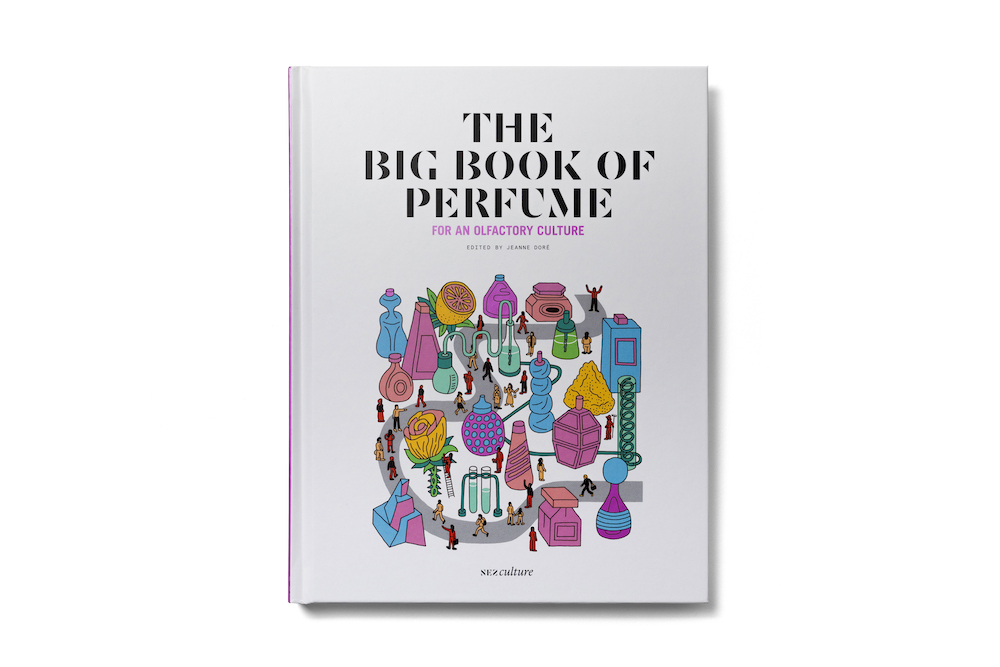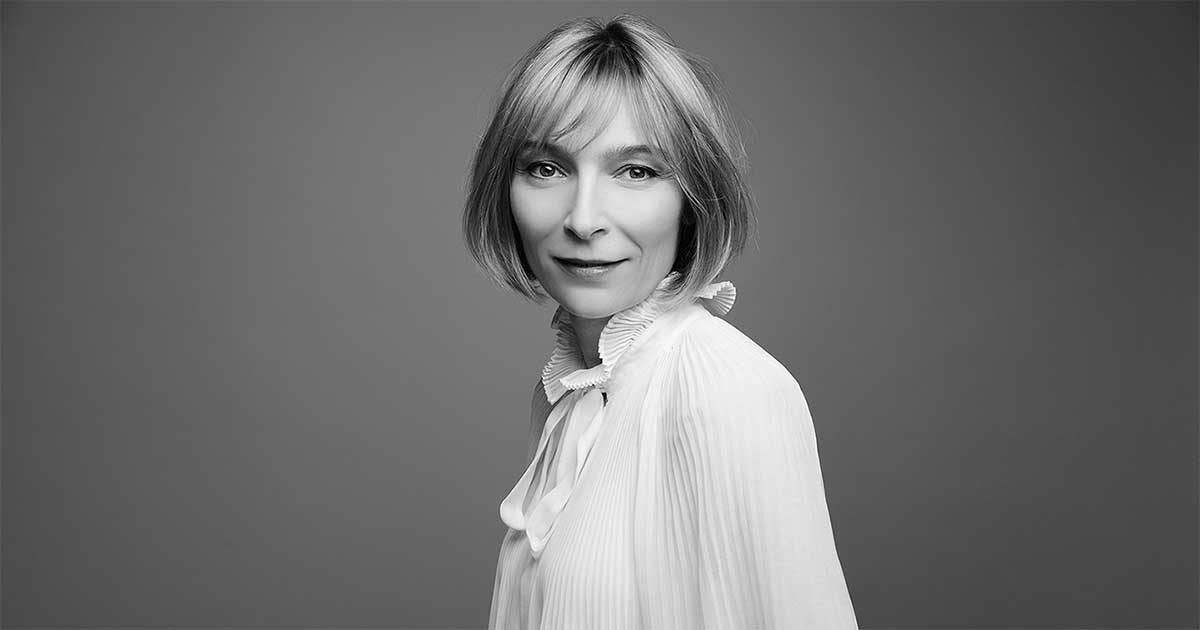Cette publication est également disponible en :
Français
Alongside their composition work, perfumers are often involved, to varying degrees, in selecting the ingredients that make up their company’s palette. Véronique Nyberg, perfumer and vice-president of fine fragrances at Mane, discusses this crucial mission centring on the raw materials perfumers handle on a daily basis and which can sometimes be an integral part of their creative style.
What role do you play in the evolution of the palette of ingredients you work with?
At Mane, I hold a somewhat unconventional position, which is connected to my career path: I obtained a Ph.D. in chemistry before becoming a perfumer. On top of my composition work, I have a seat on the company’s scientific committee. It meets every two or three months, bringing together the company directors, researchers from our research and development department, departments in charge of regulations and analyses, and myself, representing the perfumers. The goal is to define the group’s strategy in terms of innovations with natural and synthetic ingredients, in order to bring new nuances to the perfumers’ and flavourists’ palette. As the spokesperson for the perfumers, I relay ingredient requirements, which could be based on a specific client project, an emerging trend, or simply our wishes. This feedback is what guides our R&D and drives specific development of a particular ingredient. Once a project has been approved by the scientific committee, I provide an olfactory validation of each development stage, all the while liaising between the R&D department and team of perfumers.
How is the work on ingredients for the palette organised between perfumers?
Our group of perfumers meets up around once a week to smell the raw materials under development, natural or synthetic. We evaluate them based on their olfactory potential and share our thoughts on their applications in formulas. Ultimately, we have to reach a consensus for them to be incorporated into our palette. When an ingredient hasn’t been unanimously approved, I ask myself if it’s worth further development. This consensus is very important for the perfumers so they can appropriate the new ingredient by adding it to their creations. We also collectively determine which products could be removed from the palette when a new one is added.
Do you think that a company’s specific palette influences the style of the perfumers who work there?
I’ve worked at different composition companies over the course of my career, but I’m not sure that it’s had an impact on my style. Admittedly, I had to renounce the captives [exclusive non-commercial ingredients] at the first one, but I found others that were just as inspiring and opened up new ways of thinking for me. I like large, white flowers and woody notes, and the fact that materials clash within my formulas. To me, style resides in the specific way a perfumer goes about building their creations, like a jeweller creating the jewellery’s structure. The ingredients are the gems that we place on the architecture: they’re important, but aren’t enough to define a style on their own.

This interview is from : The Big Book of Perfume, Collective, Nez éditions, 2020, 40€/$45
- Available for France and international: Shop Nez
- Available for North America: www.nez-editions.us








Comments